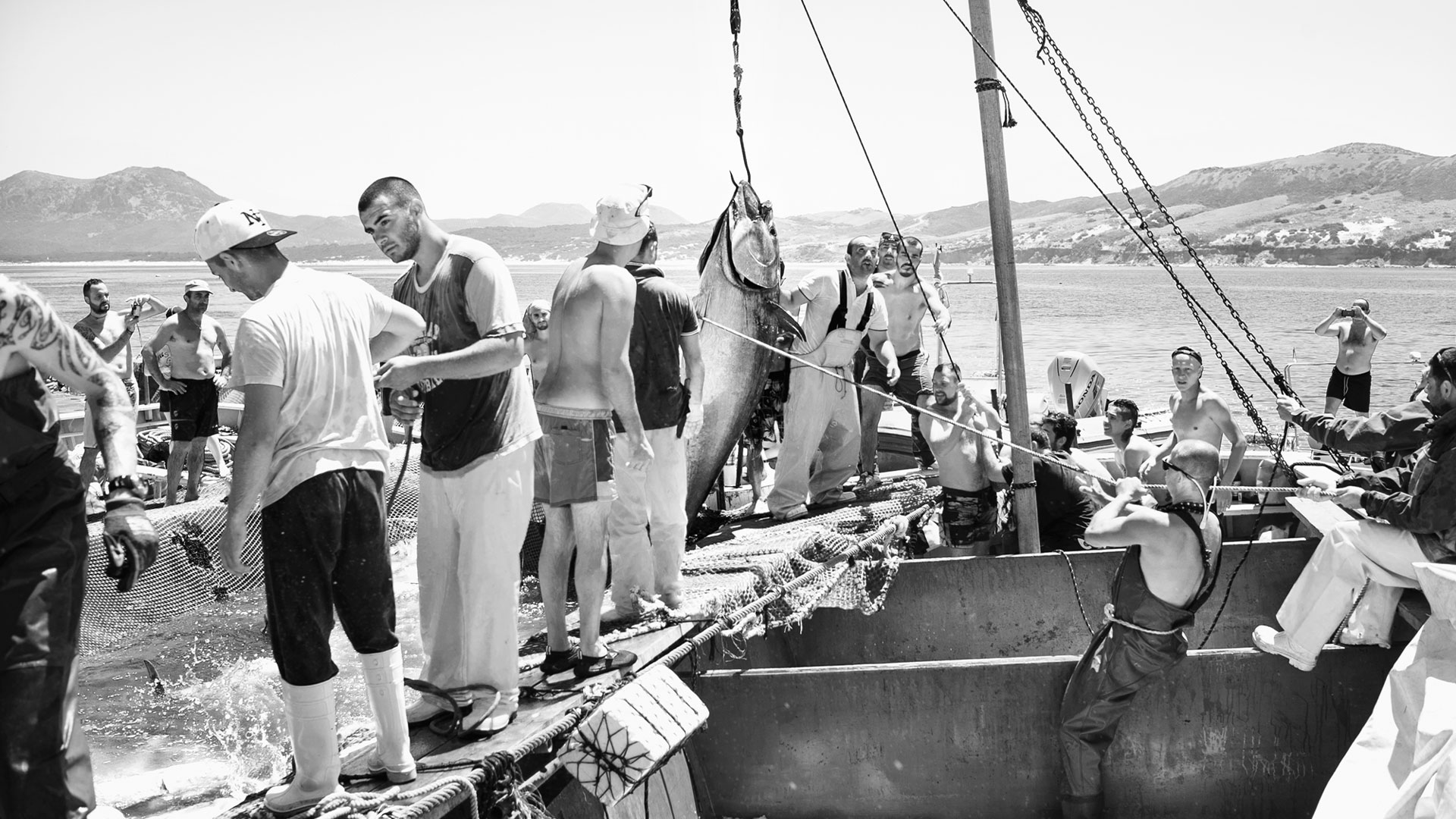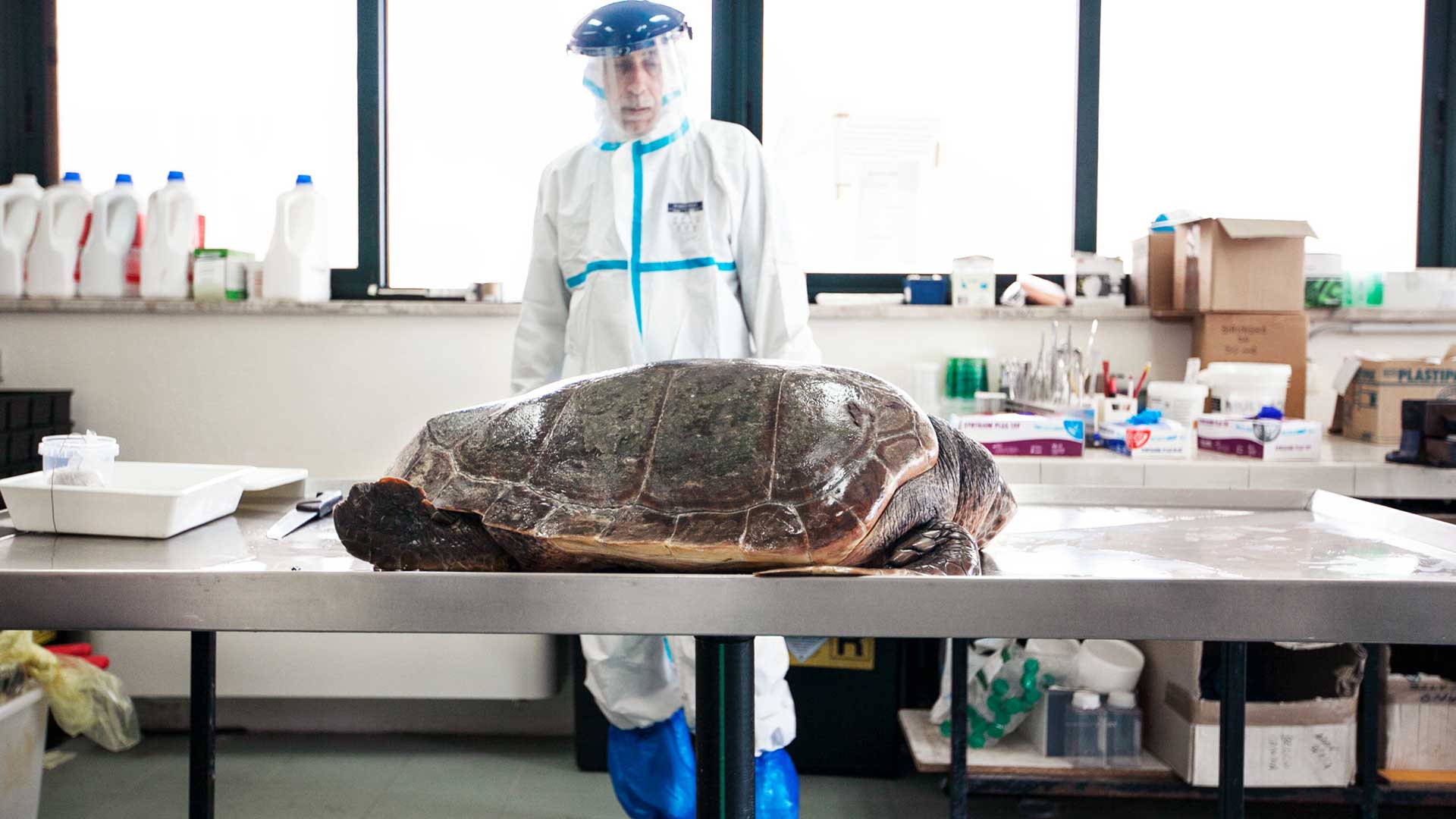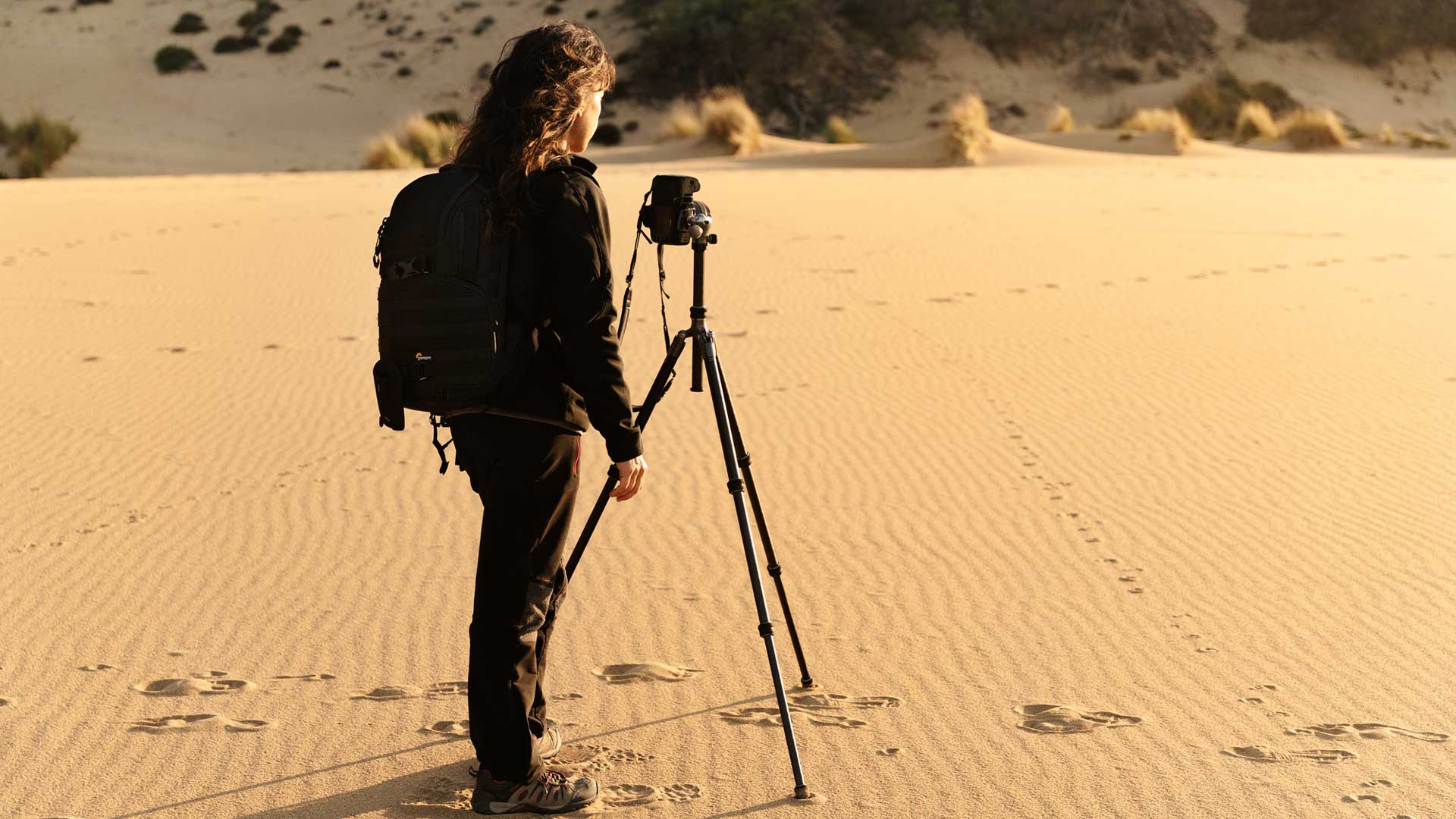THE IMPORTANCE OF OCEANS
Whether we live close to the sea or not, we are nevertheless connected to it in many ways. We still know very little about them, but we rely on the oceans for many reasons, going from climate regulation to the transport of goods and merchandise, to food stock, just to name some of the most important ones.
This means that it should be of extreme importance to adopt sustainable ways to keep these ecosystems healthy. However, we are now seeing the results of decades of harsh exploitation and pollution of the seas and trying to patch up the damage human impact has on them.
There are many effects of our activity, often with a chain reaction that triggers more consequences than those expected. Habitat destruction due to causes like deep sea mining for metals and oil; pollution due to carbon emissions, oil spills, plastic and microplastics, chemicals discharged in rivers that pour directly into the sea; overfishing, destructive and bycatch fishing, ghost fishing gear and fish farms, that kill a huge number of fish stocks and also other marine species; noise pollution, due to boat and ship traffic and underwater construction, jeopardise the life of many cetaceans, that are rapidly declining in number, and also carry alien species that, when successful in adapting in a new environment, threat native populations, by taking over its resources.
Because of all these reasons, and even more, there is still to consider global warming.




GLOBAL WARMING AND OCEAN CONSEQUENCES
Oceans absorb most of the carbon emissions and play a vital role in climate regulation and stability. With the rise of water temperatures and ice melting, they are going through a process of acidification, harming marine biodiversity and also provoking stronger and more common weather events, such as hurricanes and cyclones, with devastating consequences on the areas they cross, not to mention also the raising of sea-level.
Changes in the oceans usually happen faster than those on the terrestrial surface and we are seeing the consequences on marine species but also on human populations who live in coastal areas. Photography here assumes a very important and pivotal role, for its immediacy in communicating and because it enables us to look at hidden or faraway places like oceans can be. We often come across facts like human impact on the sea through images we look at, rather than reading or listening to scientific reports. Images that document these happenings can be much more impactful than data and words, for a public that does not operate in the sector. This is because photographs let us face reality in a visual way, which is much more direct.
Documentary Photography in Praise of Oceans
Documentary photography is a tool that cuts distances between events and people, documenting, giving evidence, and going deeper in the investigation, showing us facts that other ways would often remain in the shadow.
It starts with the act of the photographer in taking the images and continues with that same image taking their own path, holding a profound capacity to affect how people see the world because photography is a universal language that can merge art with science, journalism, and more. There is a strong potential in this journey of cause and effect that a photograph can conceal: the potential of planting a seed in the mind of the viewer, to get informed, to raise questions, to choose, and to act.
So, photojournalists and documentary photographers have a big responsibility for doing their work, but also, a big power to trigger a dialogue upon sensitive themes that regards us all, as ocean conservation and human impact on the sea. Documentary photography in today’s world is a must, an act of love and activism we need, to document, to get to know what happens in the world and around us, to see which issues we face, and to inspire positive change.




THE PROJECT: SEA TURTLES IN THE MEDITERRANEAN
Sea turtles are an emblematic symbol of endangered marine species, with fast-decreasing populations all over the world and also in the Mediterranean area. They could be considered as tiebreakers of human pressures on the oceans, due to their high sensibility to climate change, a consequent rising sea temperature, and human impact, such as plastic pollution, bycatch fishing, poaching, and degradation of habitats (both the sea and the nesting sites on the beaches).
It is estimated that about 150,000 of them die each year in the Mediterranean Sea only, because of the above-mentioned causes, but they’re an essential link in the food chain, and as they depend on a healthy sea, also a healthy sea depends on them. This is why scientific research and conservation are vital.
This project follows the marine biologists who work at CRes, an Italian Research and Marine Wildlife Rescue Center that studies and supports Sea Turtles in the Mediterranean Sea. They collaborate with the Zooprophylactic Institute, specialized vets, and the Regional Nature Conservation and Forestry Policy Service for the protection and conservation of this species and the sea, participate in an international research net, and carry out an essential job. In fact, they represent the last standing tile, that has to be held and encouraged, by a devastating domino effect that begins much earlier and in which human impact on Nature and the sea is at the head of the game.
Being side by side with the researchers unfolds the story through the joys and delusions of success and helplessness that their job has to deal with and with which, directly or indirectly, we are all implied and responsible. It also highlights how vital conservation and scientific research are for sustainability.




COLLABORATION AND VALUES
It is nowadays clear that the only possible course is a sustainable one and that to get results, it has to be science-based. Big companies have an important, educational role in giving an example of sustainable manufacturing chains, developing their products according to eco-conception, and considering every single step of the production: supply, manufacturing, packaging, retail, and life cycle.
Knowing that Lowepro, as a worldwide leader firm, is truly committed to making a difference and has signed its own green pledge, being a model to follow, makes me feel in line with what I do and in what I believe. I’ve been using Lowepro bags for more than twenty years now, so I knew about the excellence of their products. They really made a difference for me!
No matter the weather or the time I have to carry my gear on, I’ve always felt my cameras and lenses are safe and the backpacks are comfortable even when loaded and when I have to transport them for a long time.
I remember coming back from a Scottish island after a shooting, and the North Sea getting really rough. We all got drenched in the boat, but while my gear was safe and dry, inside my Lowepro Dryzone bag, my colleagues had to dry theirs for hours, hoping they didn’t lose it.
I’m proud to be an Ambassador for such a brand, which I can absolutely trust for keeping my gear safe and which also shares my values in raising awareness about sustainability and environmental engagement. It makes my work even more worthwhile.


THE POWER OF PHOTOGRAPHERS: JOIN US IN MAKING A DIFFERENCE
Join us in this venture, where passion converges with purpose, and photography fuels the drive for a more sustainable world. Together, we believe in the transformative power of photography, inviting you to capture moments that not only resonate but also make a lasting impact. Every shot has the potential to tell a story and inspire change for a better tomorrow.
At Lowepro, we're dedicated to supporting photographers in their mission to capture the essence of the great outdoors while being advocates for environmental consciousness. Together, let's seize the power of every click to shape a brighter and more sustainable future—one photograph at a time.
Let’s inspire each other!




















